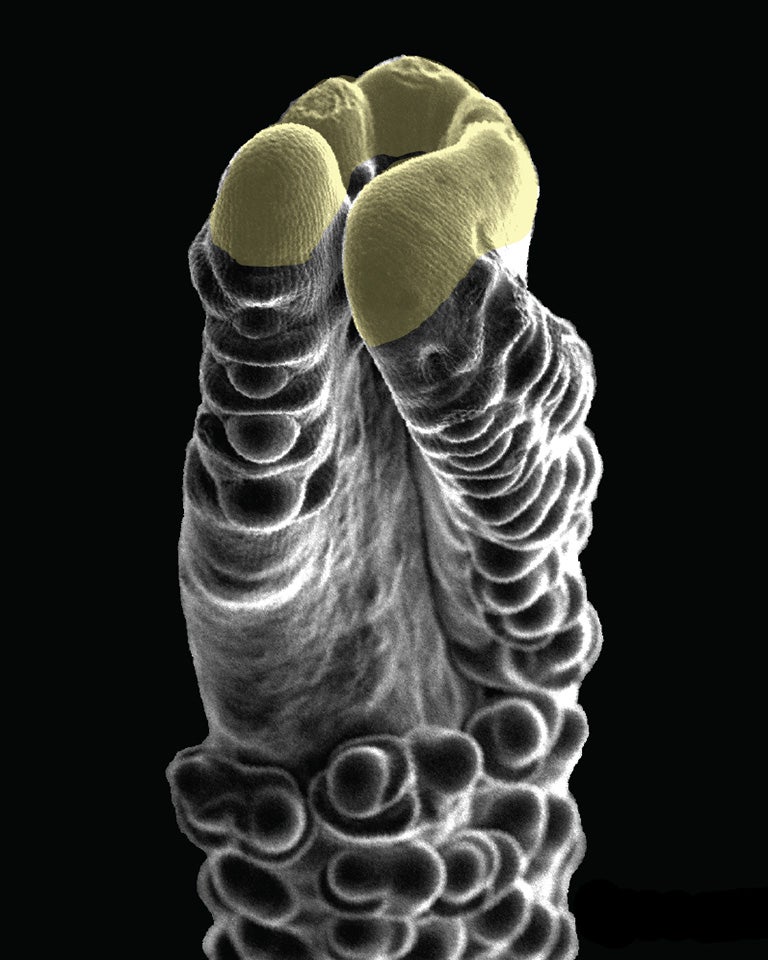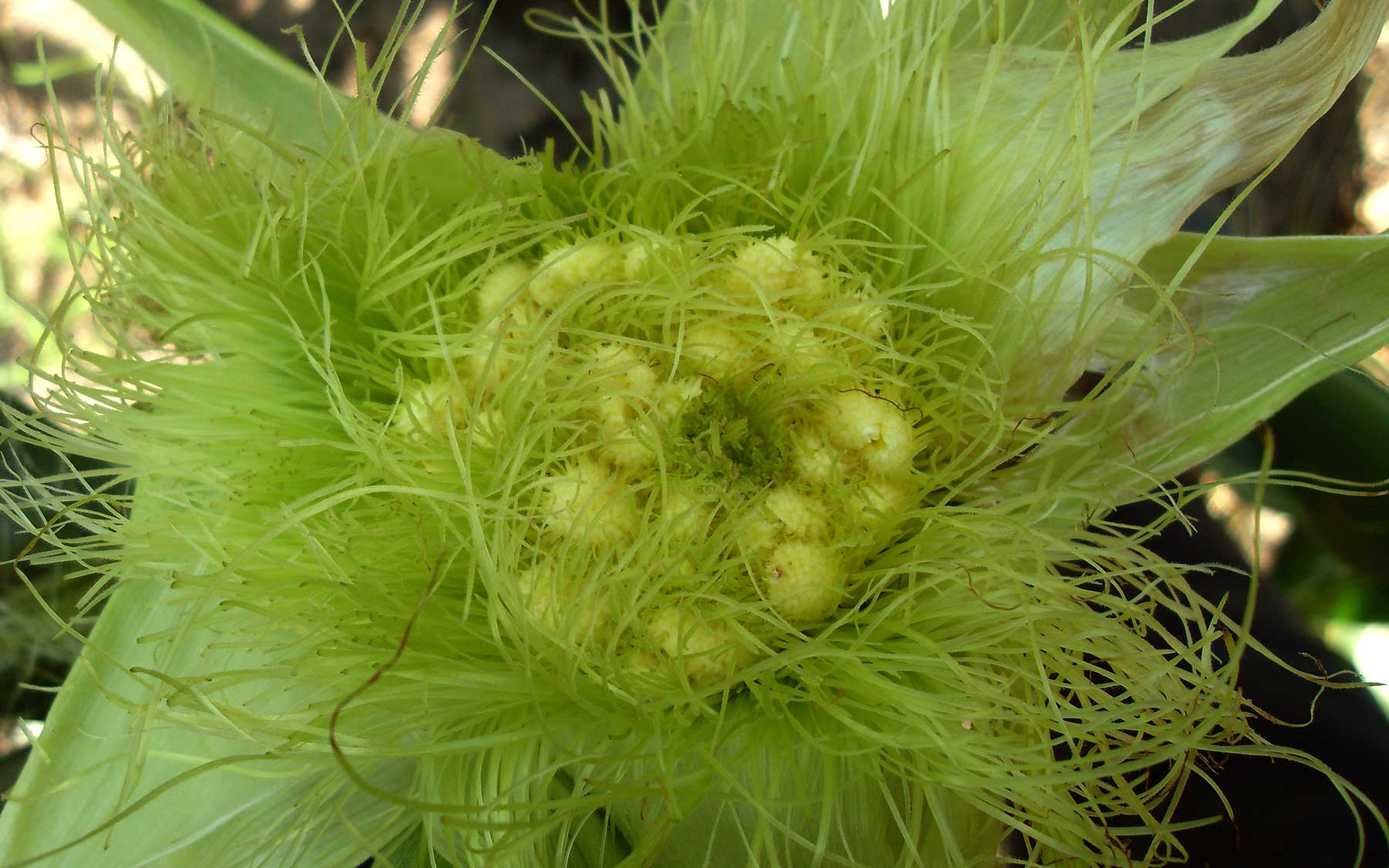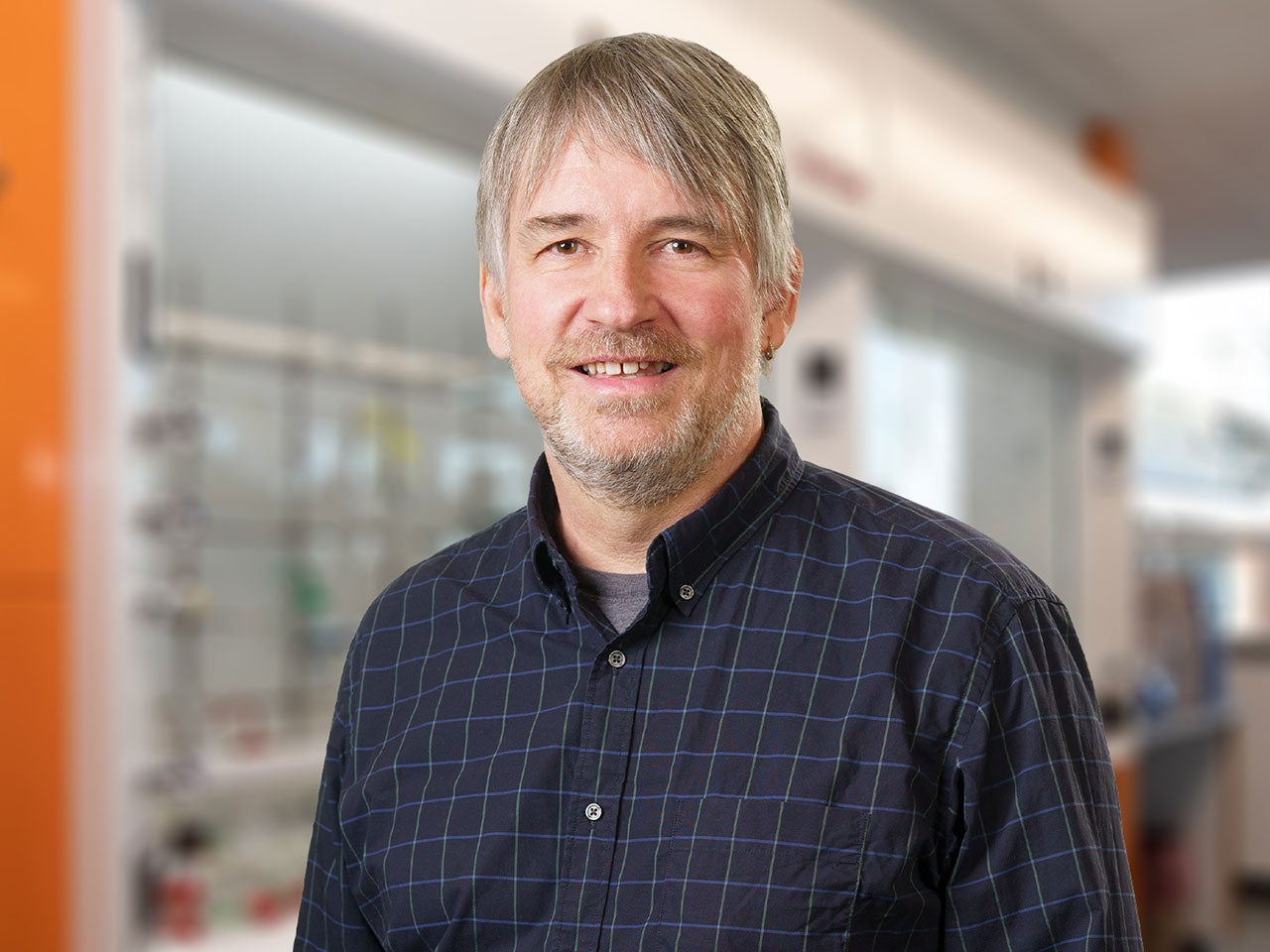Cold Spring Harbor, NY — A team of plant geneticists at Cold Spring Harbor Laboratory (CSHL) has identified a protein receptor on stem cells involved in plant development that can issue different instructions about how to grow depending on what peptide (protein fragment) activates it.
This is the first such multi-functional receptor found to work in this way to control plant development. The new findings obtained by CSHL Professor David Jackson and colleagues may have important implications for efforts to boost yields of essential food crops such as corn and rice.

Plant growth and development depend on structures called meristems—reservoirs in plants that contain stem cells. When prompted by peptide signals, stem cells in the meristem develop into any of the plant’s organs—roots, leaves, or flowers, for example. These signals generally work like a key (the peptide) fitting into a lock on the surface of a cell (the protein receptor). The lock opens momentarily, triggering the release of a chemical messenger inside the cell. The messenger carries instructions for the cell to do something, such as grow into a root or flower cell or even stop growing altogether. Conventionally, one or more peptides fit into a receptor to release a single type of chemical messenger.
Jackson and colleagues, however, recently discovered that a protein receptor they first identified in 2001, called FEA2, can trigger the release of one of two distinct chemical messengers, CT2 or ZmCRN, depending on which of two peptides, ZmCLE7 or ZmFCP1, switches it on. Receptors that release more than one messenger are rare. Jackson says this is the first one discovered that plays a role in crop production.
FEA2 is an important receptor in the CLAVATA signaling pathway, which is known to activate stem cells. Jackson, as well as his CSHL colleague Professor Zachary Lippman, have previously tweaked this pathway to manipulate the meristem to boost the yield of prominent crop species including tomato, corn, and mustard.
Jackson and his team believe that FEA2 is bound to two different co-receptors, each of which acts as the “lock” for one of the two peptide “keys.” Future research will explore how the two different peptide signals are translated by FEA2 into distinct chemical messages.
“We think the way this stem cell signaling pathway works is fundamental to all plants,” Jackson says. “We have shown that, in theory, the pathways that control stem cells can be modified to make bigger fruits or more seeds. With this study we’ve learned something new about how these pathways work, giving plant scientists another tool for improving crop yields.”
Written by: Chris Palmer, Science Writer | publicaffairs@cshl.edu | 516-367-8455
Funding
National Institute of Food and Agriculture, National Science Foundation, Next-Generation BioGreen 21 Program, Human Frontier Science Program
Citation
Je, B.I., et al., “The CLAVATA receptor FASCIATED EAR2 responds to distinct CLE peptides by signaling through two downstream effectors” appeared online in eLife March 15, 2018.

